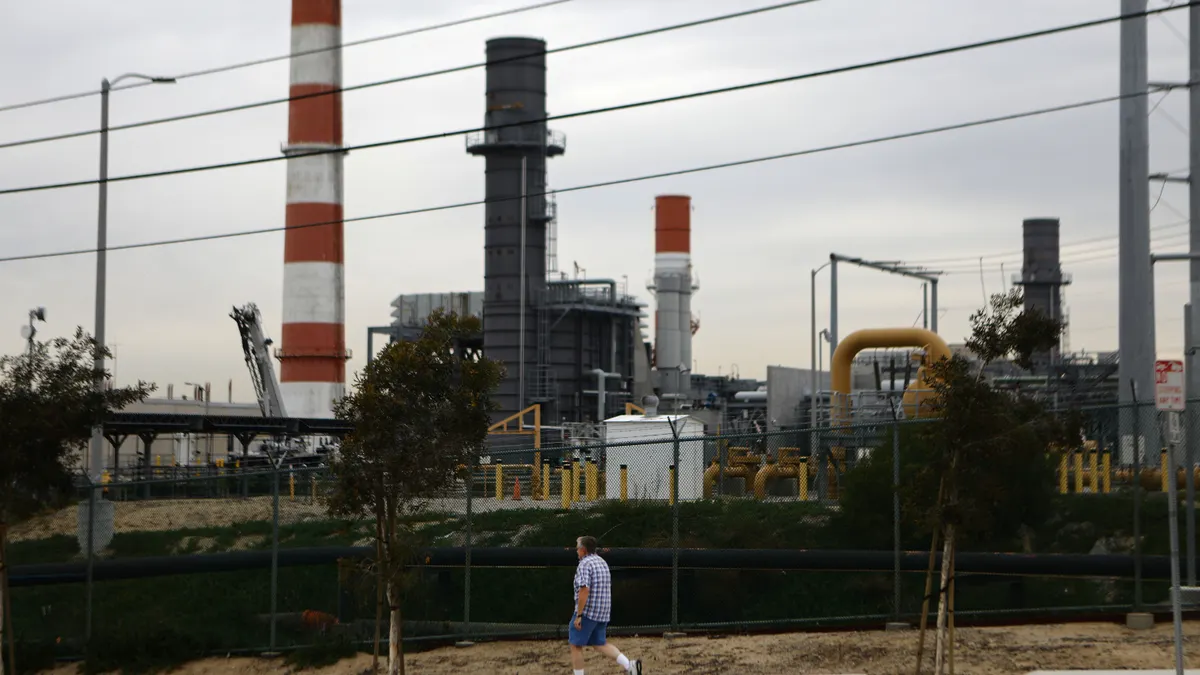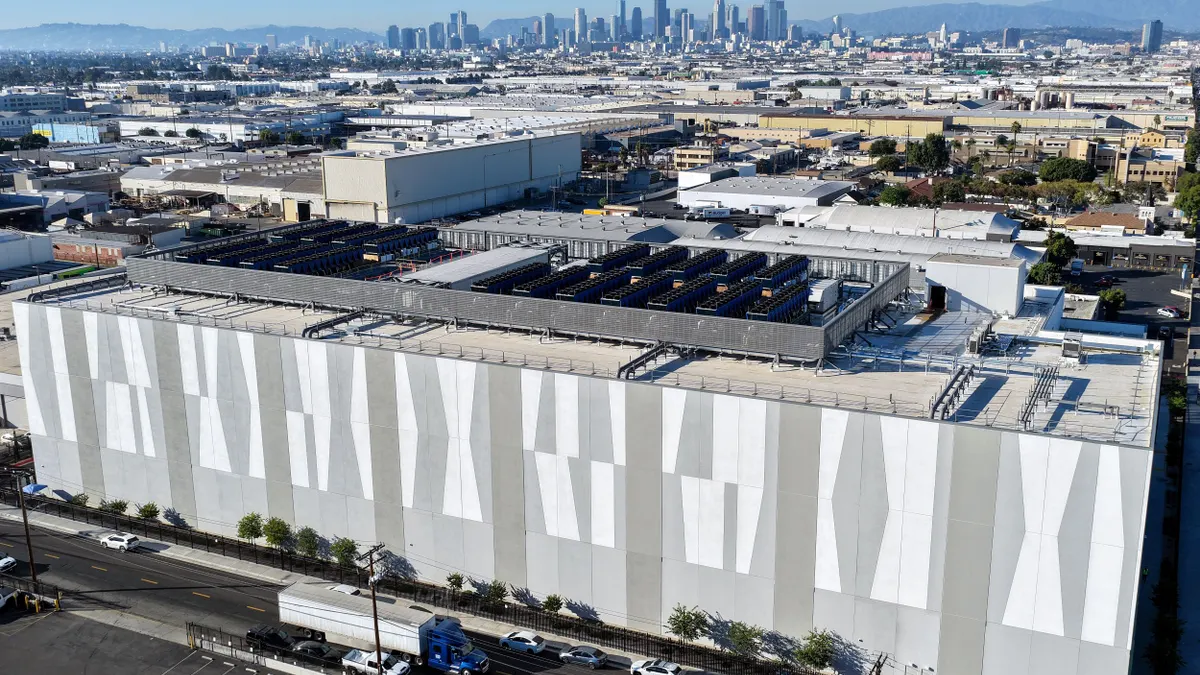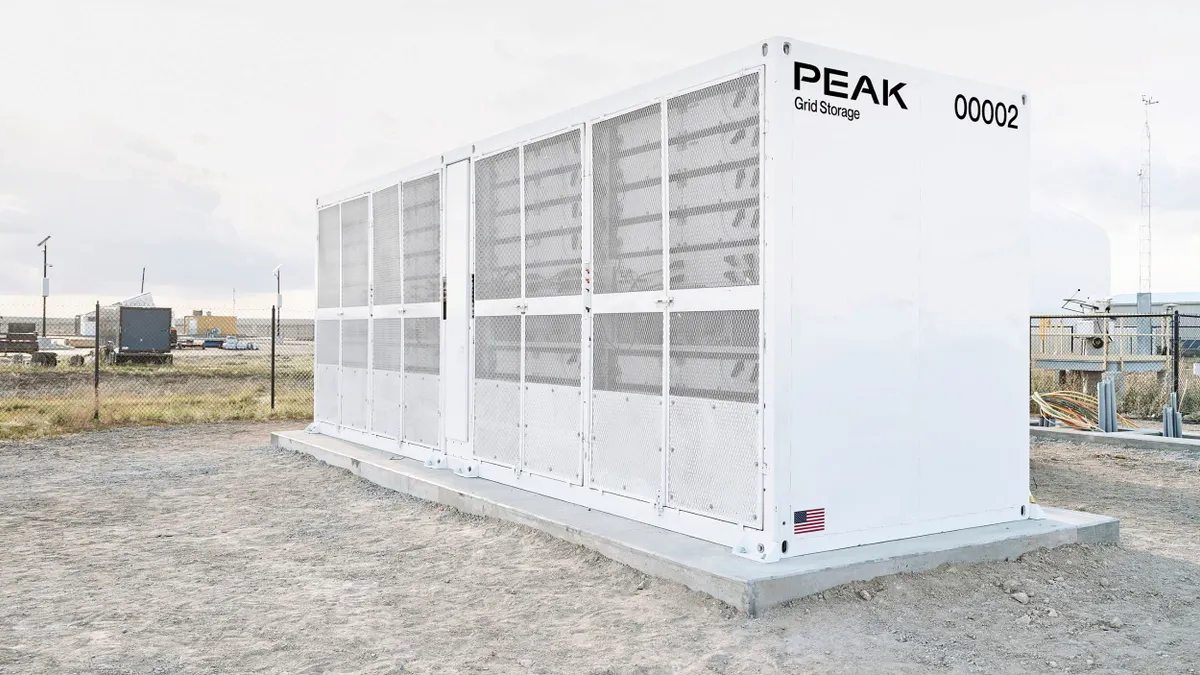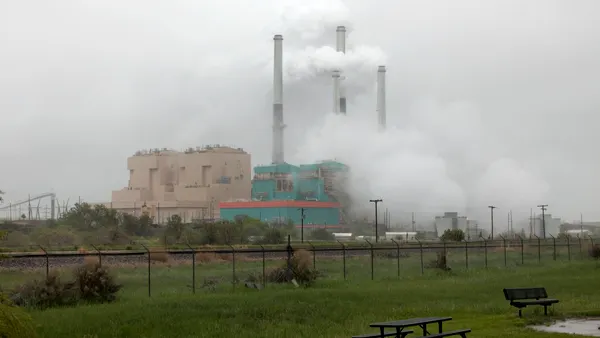California’s natural gas generation has continued a several-year decline in 2025, while the state’s utility-scale solar keeps rising, according to a new report from the Energy Information Administration.
Natural gas is still the dominant energy source in the state overall, but solar is starting to close the gap. For the first eight months of this year, utility-scale solar generation totaled 40.3 billion kilowatt hours in California, and natural gas accounted for 45.5 BkWh.
As of the second quarter of this year, California had a total of 49 GW of solar capacity installed, according to the Solar Energy Industries Association.
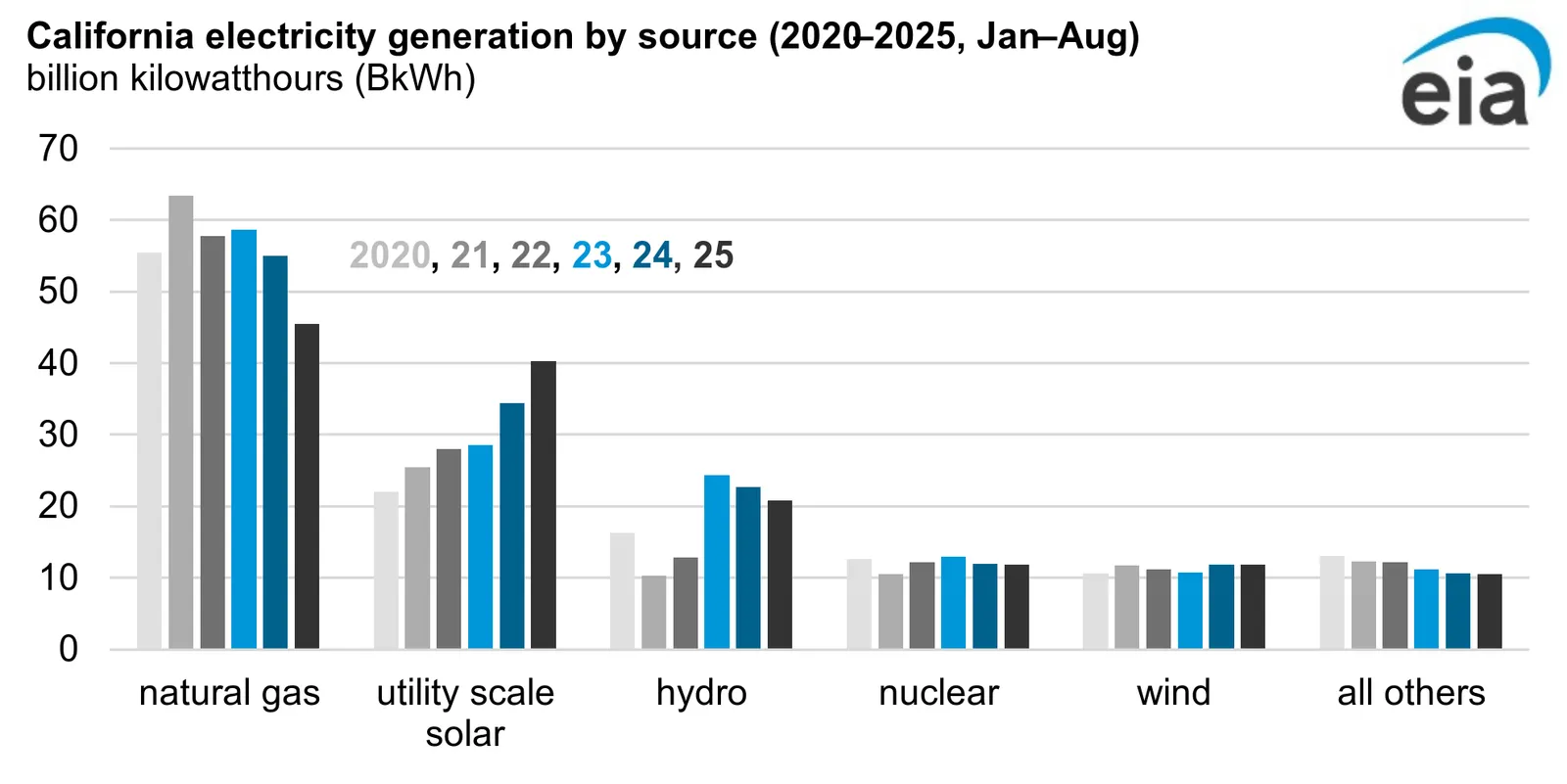
While solar’s performance from January to August 2025 was nearly double its generation for the same period in 2020, natural gas supplied 18% less than it did in the same period in 2020, EIA said.
California’s natural gas generation peaked above 2020 levels in 2021 “due to drought-spurred reduced hydroelectric output, but natural gas generation has fallen since then,” EIA said. “The largest year-over-year drop occurred this year, when natural gas generation declined 9.5 BkWh, or 17%, compared with 2024.”
In the midday hours between noon and 5 p.m., when solar generation is highest, natural gas generation decreases, EIA said. In the midday hours of May and June this year, solar generation accounted for 18.8 GW, compared to 10.2 GW in 2020, according to data from the California Independent System Operator.
“During peak evening hours between 5:00 p.m. and 9:00 p.m., generation from batteries charged by excess solar generation during midday rose from an average of less than 1 GW in May and June 2022 to 4.9 GW in 2025, displacing natural gas generation during that period,” EIA said. “In 2025, the hourly data show a decrease in natural gas generation during the midday hours, when solar generation is at its peak.”



